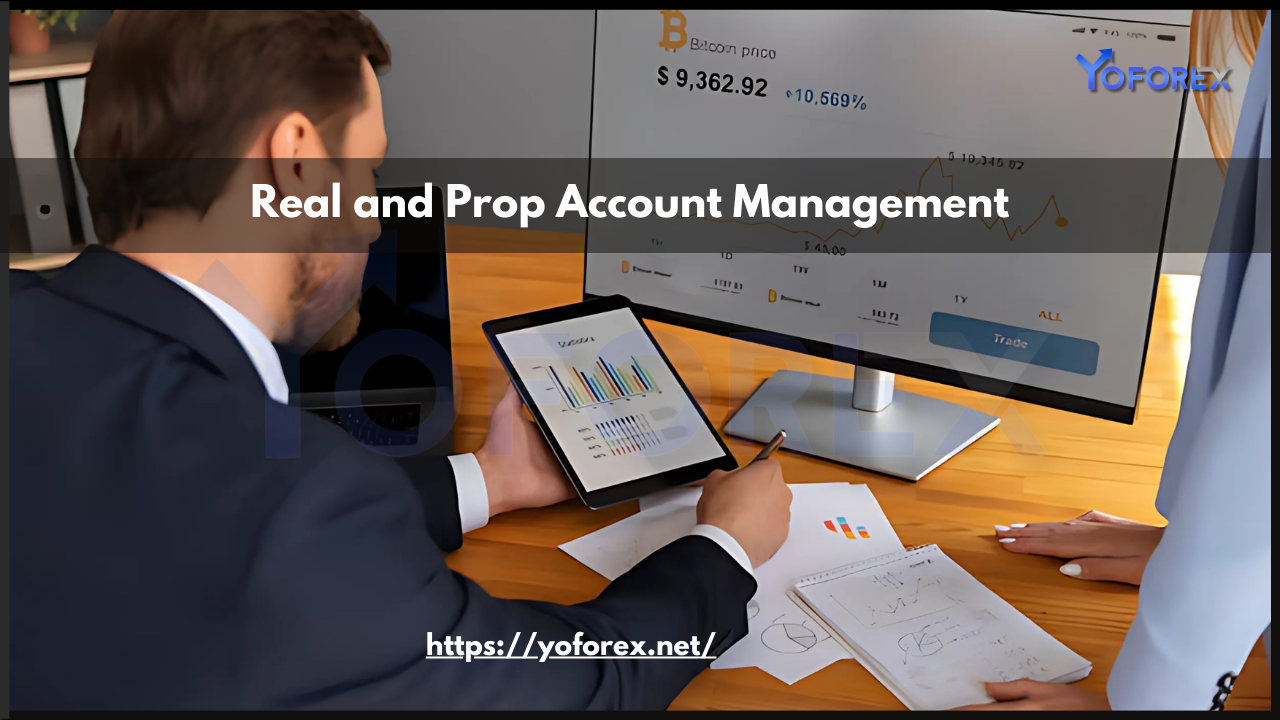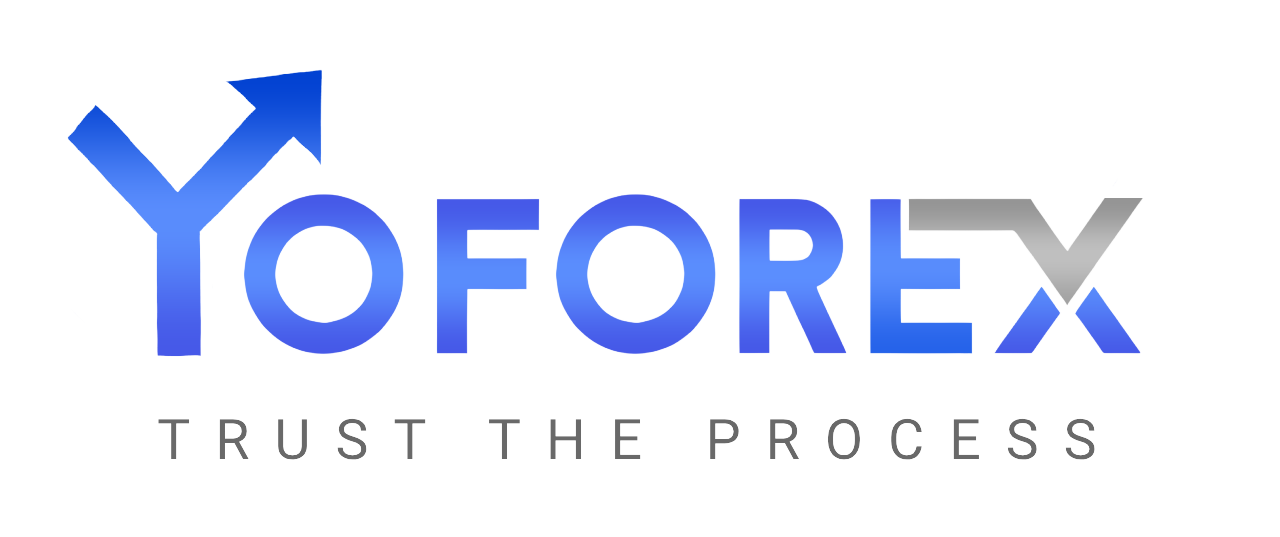The world of trading is both exciting and challenging. For many, the dream of achieving financial independence through trading remains elusive. However, with the right approach, tools, and mindset, trading can indeed become a profitable venture. One of the most effective ways to achieve consistent profitability in trading is through Real and Proprietary (Prop) Account Management. This blog will explore how managing real and prop accounts can serve as a proven path to profitable trading.
Understanding Real and Prop Account Management
Before diving into the benefits and strategies, it’s essential to understand what real and prop account management entails.
- Real Account Management:
A real account is a trading account funded with your capital. Managing a real account involves making trading decisions, executing trades, and managing risk using your funds. This type of account management requires discipline, emotional control, and a solid trading strategy. - Proprietary (Prop) Account Management:
A proprietary trading account is funded by a proprietary trading firm. Traders use the firm’s capital to trade, and profits are split between the trader and the firm. Prop trading firms often provide traders with advanced tools, resources, and training to help them succeed. Managing a prop account allows traders to access larger capital without risking their own money.

Why Real and Prop Account Management is a Proven Path to Profitability
Combining real and prop account management can create a powerful synergy that enhances your trading performance. Here’s why:
1. Access to Larger Capital
- Real Account: While trading with your own money can be rewarding, it often limits the scale of your trading due to capital constraints.
- Prop Account: Proprietary trading firms provide access to significantly larger capital, enabling traders to take larger positions and potentially generate higher profits. This is especially beneficial for traders who have proven their skills but lack sufficient personal funds to scale their trading.
2. Risk Management
- Real Account: Trading with your own money can be emotionally challenging, leading to impulsive decisions. Proper risk management is crucial to protect your capital.
- Prop Account: Since you’re trading with the firm’s capital, the emotional burden is reduced. Prop firms often have strict risk management rules in place, which help traders develop disciplined trading habits.
3. Learning and Development
- Real Account: Managing a real account allows you to learn from your mistakes and refine your strategies. However, the learning curve can be steep and costly.
- Prop Account: Prop firms often provide mentorship, training programs, and access to experienced traders. This accelerates your learning process and helps you avoid common pitfalls.
4. Diversification of Income Streams
- By managing both real and prop accounts, you can diversify your income streams. Profits from your real account belong entirely to you, while profits from the prop account are shared with the firm. This dual approach can significantly increase your overall earnings.
5. Performance Tracking and Accountability
- Real Account: It’s easy to fall into bad habits when trading alone. Without accountability, you may deviate from your trading plan.
- Prop Account: Prop firms often require traders to meet specific performance metrics. This accountability ensures that you stay focused and adhere to your trading strategy.
Steps to Succeed in Real and Prop Account Management
To maximize the benefits of real and prop account management, follow these steps:
1. Develop a Solid Trading Plan
A well-defined trading plan is the foundation of successful trading. Your plan should include:
- Entry and exit strategies
- Risk management rules (e.g., risk-reward ratio, position sizing)
- Trading goals and objectives
- Criteria for Selecting Trades
2. Master Risk Management
Risk management is the key to long-term profitability. Never risk more than 1-2% of your capital on a single trade. Use stop-loss orders to limit potential losses and protect your capital.
3. Start Small and Scale Up
- Begin with a real account to gain experience and build confidence. Once you’ve demonstrated consistent profitability, consider joining a prop firm to access larger capital.
- When trading with a prop account, start with smaller positions and gradually increase your size as you gain experience and achieve consistent results.
4. Leverage Technology and Tools
- Use advanced trading platforms, charting tools, and analytics to enhance your decision-making process.
- Many prop firms provide access to proprietary software and tools that can give you a competitive edge.
5. Continuous Learning and Improvement
- The markets are constantly evolving, and so should your trading skills. Stay updated on market trends, economic news, and trading strategies.
- Learn from your mistakes and continuously refine your trading plan.
6. Maintain Emotional Discipline
- Trading can be emotionally taxing, especially when dealing with losses. Develop the mental resilience to stay calm and stick to your plan, regardless of market conditions.
- Avoid overtrading or revenge trading after a loss.
7. Track Your Performance
- Keep a detailed trading journal to record your trades, including the rationale behind each decision, the outcome, and lessons learned.
- Regularly review your performance to identify strengths and areas for improvement.
Choosing the Right Prop Firm
Not all prop firms are created equal. When selecting a prop firm, consider the following factors:
- Reputation: Choose a reputable firm with a track record of success.
- Capital Allocation: Ensure the firm offers sufficient capital to meet your trading goals.
- Profit Split: Compare profit-sharing arrangements across different firms.
- Support and Resources: Look for firms that provide training, mentorship, and advanced trading tools.
- Rules and Restrictions: Understand the firm’s trading rules, such as drawdown limits and trading styles allowed.
Real-Life Success Stories
Many successful traders have used real and prop account management to achieve financial independence. For example:
- John Doe: Started with a small real account and consistently grew his capital. He later joined a prop firm, where he scaled his trading and now earns six figures annually.
- Jane Smith: After struggling with emotional trading in her real account, she joined a prop firm. The firm’s structured environment and mentorship helped her develop discipline and achieve consistent profitability.
Conclusion
Real and prop account management offers a proven path to profitable trading. By combining the discipline of managing your capital with the resources and opportunities provided by prop firms, you can accelerate your growth as a trader. Remember, success in trading requires a solid plan, disciplined risk management, continuous learning, and emotional resilience. Whether you’re trading with your own money or a prop firm’s capital, the key to profitability lies in your ability to execute your strategy consistently and adapt to changing market conditions.
If you’re serious about becoming a profitable trader, consider exploring the world of real and prop account management. With the right approach, you can turn your trading dreams into reality.

